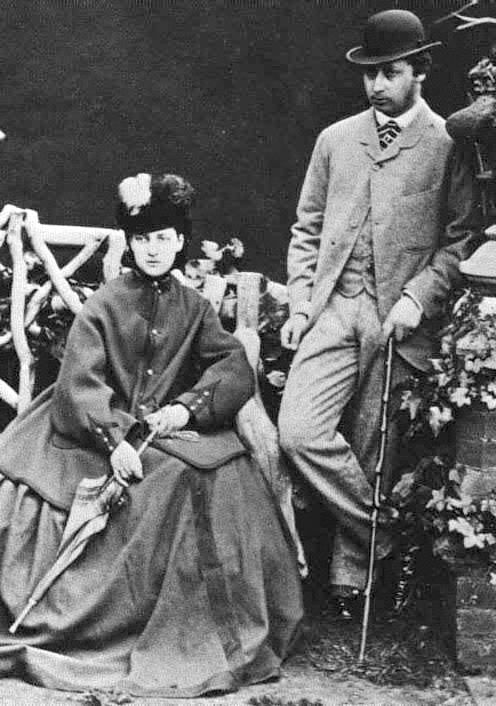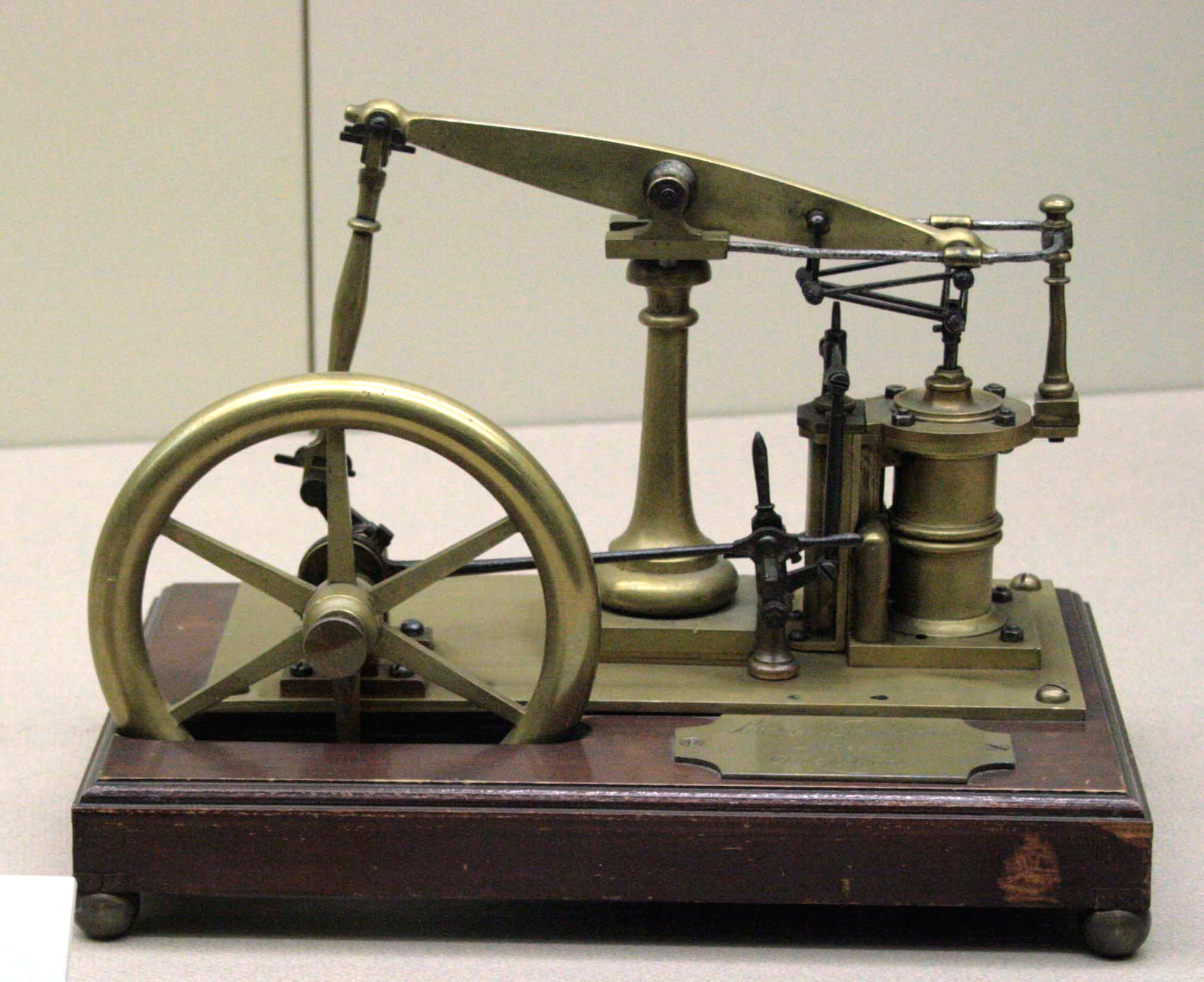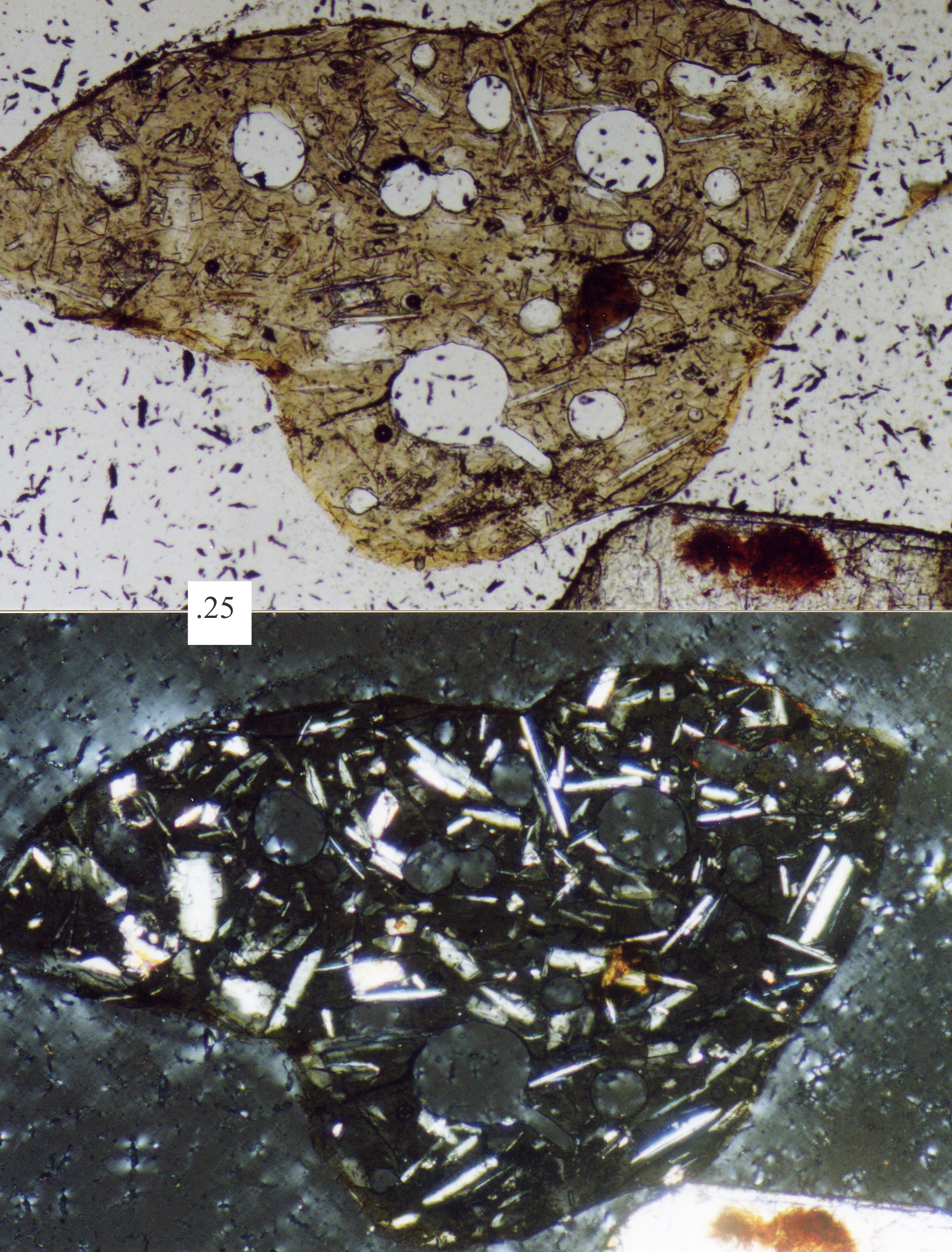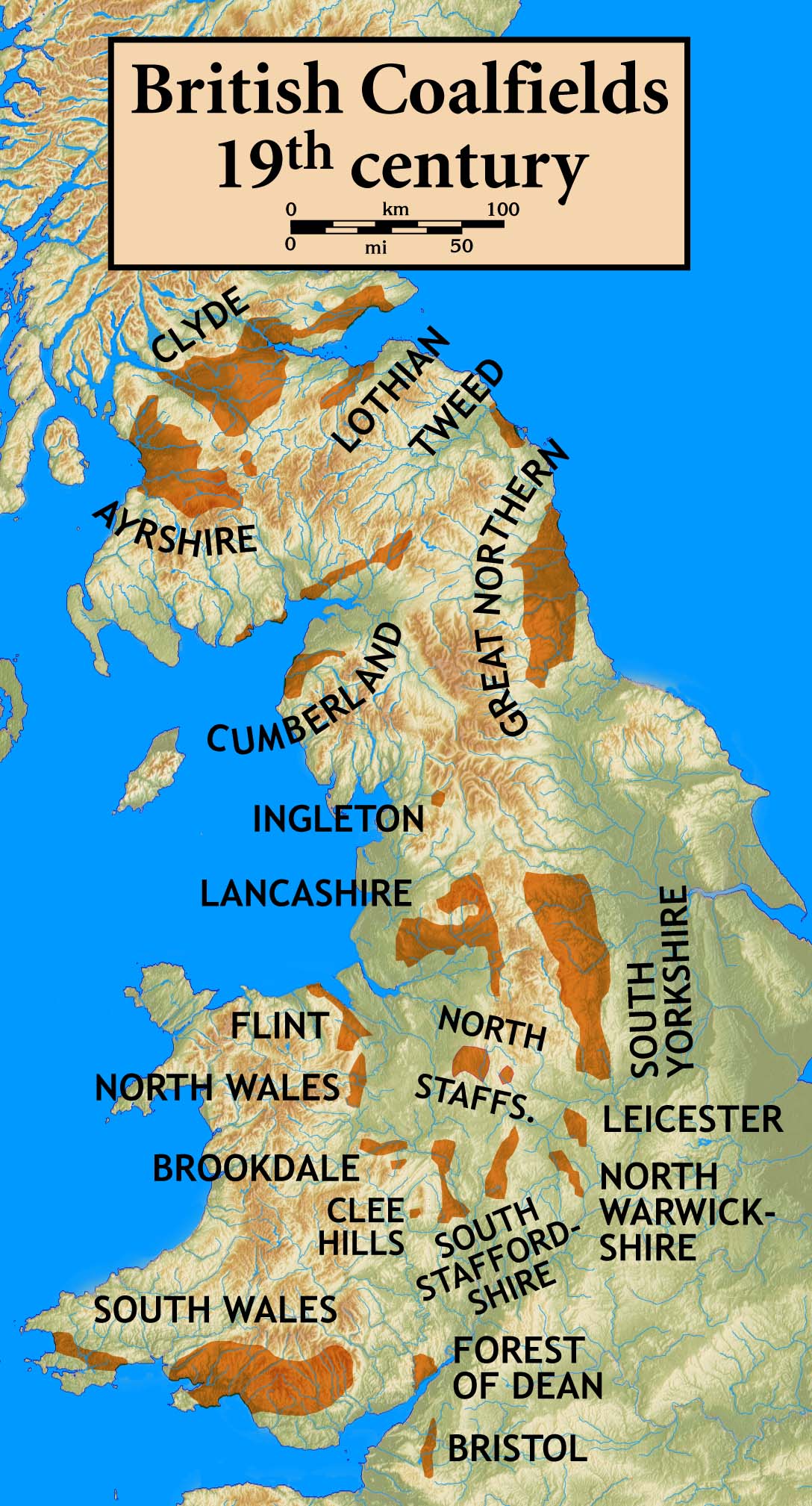|
Haigh Hall
Haigh Hall is a historic country house in Haigh, Wigan, Greater Manchester, England. Built between 1827 and 1840 for James Lindsay, 7th Earl of Balcarres, it replaced an ancient manor house and was a Lindsay family home until 1947, when it was sold to Wigan Corporation. The hall is recorded in the National Heritage List for England as a designated Grade II* listed building and is owned by Wigan Council. History Haigh had a timber framed manor house from the late 12th century when Hugh le Norreys was lord of the manor. Its easily defended position was on or near the elevated site of Haigh Hall. The earliest recorded inhabitants were the Le Norreyses, who lived there in 1193. Between 1220 and 1230, the manor was part of the Marsey fee and was sold to the Earl of Chester. The hall was home to the Bradshaighs from 1298 until 1780 when Elizabeth Dalrymple, great niece of Sir Roger Bradshaigh, inherited the estate as a result of the failure of the male line in her maternal fami ... [...More Info...] [...Related Items...] OR: [Wikipedia] [Google] [Baidu] [Amazon] |
Country House
image:Blenheim - Blenheim Palace - 20210417125239.jpg, 300px, Blenheim Palace - Oxfordshire An English country house is a large house or mansion in the English countryside. Such houses were often owned by individuals who also owned a Townhouse (Great Britain), town house. This allowed them to spend time in the country and in the city—hence, for these people, the term distinguished between town and country. However, the term also encompasses houses that were, and often still are, the full-time residence for the landed gentry who dominated rural Britain until the Reform Act 1832. Frequently, the formal business of the Historic counties of England, counties was transacted in these country houses, having functional antecedents in manor houses. With large numbers of indoor and outdoor staff, country houses were important as places of employment for many rural communities. In turn, until the Great Depression of British Agriculture, agricultural depressions of the 1870s, the est ... [...More Info...] [...Related Items...] OR: [Wikipedia] [Google] [Baidu] [Amazon] |
Dorothy Bradshaigh
Dorothy Bradshaigh (baptised 1705, d. 1785), British letter writer and cookery book compiler. After her marriage she lived at Haigh Hall near Wigan. Her letters and suggestions to Samuel Richardson influenced his novel ''The History of Sir Charles Grandison''. Life Bradshaigh was baptised on 21 March 1705 at Rufford, Lancashire. She was born with the last name of Bellingham - her parents were Elizabeth, (born Spencer) and some-time lawyer William Bellingham. She and her sister Elizabeth were her father's co-heirs and they shared their childhood home with Elizabeth Hesketh who was their mother's daughter from her first marriage. Her father's family home had been Levens Hall in Westmoreland until this was sold in 1688 as a result of the over spending by her paternal uncle, Alan. Her father's finances were transformed when he married her mother. She contacted Samuel Richardson anonymously when his novel '' Clarissa'' was part published in 1748. Her initial two letters requested a ... [...More Info...] [...Related Items...] OR: [Wikipedia] [Google] [Baidu] [Amazon] |
David Lindsay, 28th Earl Of Crawford
David Alexander Robert Lindsay, 28th Earl of Crawford and 11th Earl of Balcarres, (20 November 1900 – 13 December 1975), known as Lord Balniel from 1913 to 1940, was a British Conservative Party (UK), Unionist politician. Life Lindsay was born at 49 Moray Place in western Edinburgh on 20 November 1900, the eldest son of the David Lindsay, 27th Earl of Crawford, 27th Earl of Crawford and 10th Earl of Balcarres and his wife, Constance Lilian Perry. He was educated at Eton College, Eton, graduated from Magdalen College, Oxford in 1922 and entered the House of Commons of the United Kingdom, House of Commons as Member of Parliament (United Kingdom), Member of Parliament (MP) for Lonsdale (UK Parliament constituency), Lonsdale two years later, at the 1924 United Kingdom general election, 1924 general election. He held his seat until he succeeded to his father's titles in May 1940 and was also Parliamentary Private Secretary to the Ministry of Agriculture, Fisheries and Food (Unite ... [...More Info...] [...Related Items...] OR: [Wikipedia] [Google] [Baidu] [Amazon] |
Second World War
World War II or the Second World War (1 September 1939 – 2 September 1945) was a World war, global conflict between two coalitions: the Allies of World War II, Allies and the Axis powers. World War II by country, Nearly all of the world's countries participated, with many nations mobilising all resources in pursuit of total war. Tanks in World War II, Tanks and Air warfare of World War II, aircraft played major roles, enabling the strategic bombing of cities and delivery of the Atomic bombings of Hiroshima and Nagasaki, first and only nuclear weapons ever used in war. World War II is the List of wars by death toll, deadliest conflict in history, causing World War II casualties, the death of 70 to 85 million people, more than half of whom were civilians. Millions died in genocides, including the Holocaust, and by massacres, starvation, and disease. After the Allied victory, Allied-occupied Germany, Germany, Allied-occupied Austria, Austria, Occupation of Japan, Japan, a ... [...More Info...] [...Related Items...] OR: [Wikipedia] [Google] [Baidu] [Amazon] |
World War I
World War I or the First World War (28 July 1914 – 11 November 1918), also known as the Great War, was a World war, global conflict between two coalitions: the Allies of World War I, Allies (or Entente) and the Central Powers. Fighting took place mainly in European theatre of World War I, Europe and the Middle Eastern theatre of World War I, Middle East, as well as in parts of African theatre of World War I, Africa and the Asian and Pacific theatre of World War I, Asia-Pacific, and in Europe was characterised by trench warfare; the widespread use of Artillery of World War I, artillery, machine guns, and Chemical weapons in World War I, chemical weapons (gas); and the introductions of Tanks in World War I, tanks and Aviation in World War I, aircraft. World War I was one of the List of wars by death toll, deadliest conflicts in history, resulting in an estimated World War I casualties, 10 million military dead and more than 20 million wounded, plus some 10 million civilian de ... [...More Info...] [...Related Items...] OR: [Wikipedia] [Google] [Baidu] [Amazon] |
Edward VII Of The United Kingdom
Edward VII (Albert Edward; 9 November 1841 – 6 May 1910) was King of the United Kingdom and the British Dominions, and Emperor of India, from 22 January 1901 until his death in 1910. The second child and eldest son of Queen Victoria and Prince Albert of Saxe-Coburg and Gotha, Edward, nicknamed "Bertie", was related to royalty throughout Europe. He was Prince of Wales and heir apparent to the British throne for almost 60 years. During his mother's reign, he was largely excluded from political influence and came to personify the fashionable, leisured elite. He married Princess Alexandra of Denmark in 1863, and the couple had six children. As Prince of Wales, Edward travelled throughout Britain performing ceremonial public duties and represented Britain on visits abroad. His tours of North America in 1860 and of the Indian subcontinent in 1875 proved popular successes. Despite the approval of the public, his reputation as a playboy prince soured his relationship with his mo ... [...More Info...] [...Related Items...] OR: [Wikipedia] [Google] [Baidu] [Amazon] |
Steam Engine
A steam engine is a heat engine that performs Work (physics), mechanical work using steam as its working fluid. The steam engine uses the force produced by steam pressure to push a piston back and forth inside a Cylinder (locomotive), cylinder. This pushing force can be transformed by a connecting rod and Crank (mechanism), crank into rotational force for work. The term "steam engine" is most commonly applied to reciprocating engines as just described, although some authorities have also referred to the steam turbine and devices such as Hero's aeolipile as "steam engines". The essential feature of steam engines is that they are external combustion engines, where the working fluid is separated from the combustion products. The ideal thermodynamic cycle used to analyze this process is called the Rankine cycle. In general usage, the term ''steam engine'' can refer to either complete steam plants (including Boiler (power generation), boilers etc.), such as railway steam locomot ... [...More Info...] [...Related Items...] OR: [Wikipedia] [Google] [Baidu] [Amazon] |
Parbold
Parbold is a village and civil parish in West Lancashire, England. Local government Parbold had a population of 2,582 at the 2011 Census. West Lancashire is divided into 19 parish councils, the first tier of local government. Parbold is bordered by Hilldale to the north, Wrightington to the east, Dalton to the south and Newburgh to the west. From 1894 to 1974 Parbold was part of the Wigan Rural District, along with Dalton, Haigh, Shevington, Worthington and Wrightington. Location Parbold lies in the valley of the River Douglas, at the bottom of the western side of Parbold Hill. The village centre is about west of junction 27 of the M6 motorway on the A5209. The village can also be reached by rail on the line from Manchester to Southport. Close to the village centre the Leeds and Liverpool Canal passes over the River Douglas. The nearest sizable towns are Skelmersdale (about 5 miles away), Ormskirk (7 miles), and Wigan (9 miles). The village is dominated by Parbold ... [...More Info...] [...Related Items...] OR: [Wikipedia] [Google] [Baidu] [Amazon] |
Sandstone
Sandstone is a Clastic rock#Sedimentary clastic rocks, clastic sedimentary rock composed mainly of grain size, sand-sized (0.0625 to 2 mm) silicate mineral, silicate grains, Cementation (geology), cemented together by another mineral. Sandstones comprise about 20–25% of all sedimentary rocks. Most sandstone is composed of quartz or feldspar, because they are the most resistant minerals to the weathering processes at the Earth's surface. Like uncemented sand, sandstone may be imparted any color by impurities within the minerals, but the most common colors are tan, brown, yellow, red, grey, pink, white, and black. Because sandstone beds can form highly visible cliffs and other topography, topographic features, certain colors of sandstone have become strongly identified with certain regions, such as the red rock deserts of Arches National Park and other areas of the Southwestern United States, American Southwest. Rock formations composed of sandstone usually allow the p ... [...More Info...] [...Related Items...] OR: [Wikipedia] [Google] [Baidu] [Amazon] |
Lancashire Coalfield
The Lancashire Coalfield in North West England was an important British Coalfield#Great Britain, coalfield. Its coal seams were formed from the vegetation of tropical swampy forests in the Carboniferous period over 300 million years ago. The Roman Britain, Romans may have been the first to use coal in Lancashire and its shallow seams and outcrops were exploited on a small scale from the Middle Ages and extensively after the start of the Industrial Revolution. The coalfield was at the forefront of innovation in coal mining, prompting the country's first canals, use of steam engines and creating conditions favourable for rapid industrialisation. The pits on the coalfield were at their most productive in 1907 when more than 26 million tons of coal were produced. By 1967 just 21 collieries remained. Parkside Colliery in Newton-le-Willows, Metropolitan Borough of St Helens, St. Helens area, the last deep mine to be sunk on the coalfield, was closed in 1993. Geology The geology of the ... [...More Info...] [...Related Items...] OR: [Wikipedia] [Google] [Baidu] [Amazon] |
Wigan Coal And Iron Company
The Wigan Coal and Iron Company was formed when collieries on the Lancashire Coalfield owned by John Lancaster were acquired by Lord Lindsay, the Earl of Crawford and Balcarres, owner of the Haigh Colliery in 1865. The company owned collieries in Haigh, Aspull, Standish, Westhoughton, Blackrod, Westleigh and St Helens and large furnaces and iron-works near Wigan and the Manton Colliery in Nottinghamshire. History Collieries belonging to the Wigan Coal and Iron Company in 1896 were the Alexandra, Bawkhouse, Bridge, Lindsay and Meadow Pits in Haigh. The largest, the Alexandra Pit employed more than 650 workers and the Lindsay Pits more than 350. The Crawford, Kirkless, Moor and Woodshaw Pits in Aspull employed over 1,000 workers. Eatock Pits in Westhoughton employed 484 underground and 89 surface workers whilst the Hewlett Pits in Hart Common employed 981 underground and 182 on the surface. Ladies Lane Colliery in Hindley employed 282 underground and 40 surface workers. The ... [...More Info...] [...Related Items...] OR: [Wikipedia] [Google] [Baidu] [Amazon] |
Coal
Coal is a combustible black or brownish-black sedimentary rock, formed as rock strata called coal seams. Coal is mostly carbon with variable amounts of other Chemical element, elements, chiefly hydrogen, sulfur, oxygen, and nitrogen. Coal is a type of fossil fuel, formed when dead plant matter decays into peat which is converted into coal by the heat and pressure of deep burial over millions of years. Vast deposits of coal originate in former wetlands called coal forests that covered much of the Earth's tropical land areas during the late Carboniferous (Pennsylvanian (geology), Pennsylvanian) and Permian times. Coal is used primarily as a fuel. While coal has been known and used for thousands of years, its usage was limited until the Industrial Revolution. With the invention of the steam engine, coal consumption increased. In 2020, coal supplied about a quarter of the world's primary energy and over a third of its Electricity generation, electricity. Some iron and steel-maki ... [...More Info...] [...Related Items...] OR: [Wikipedia] [Google] [Baidu] [Amazon] |







